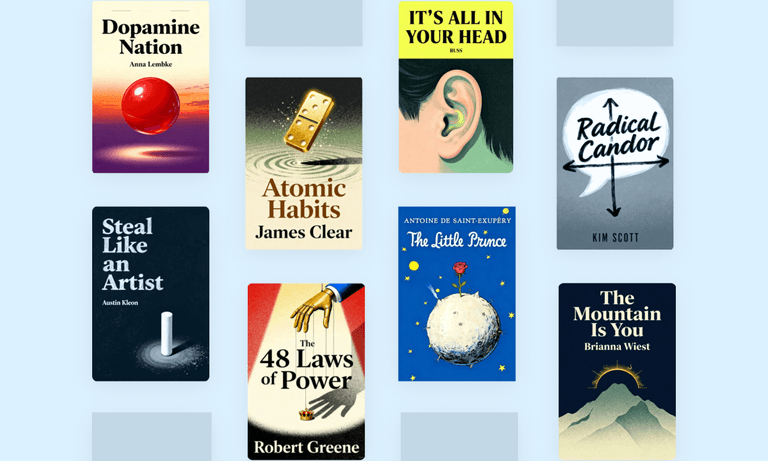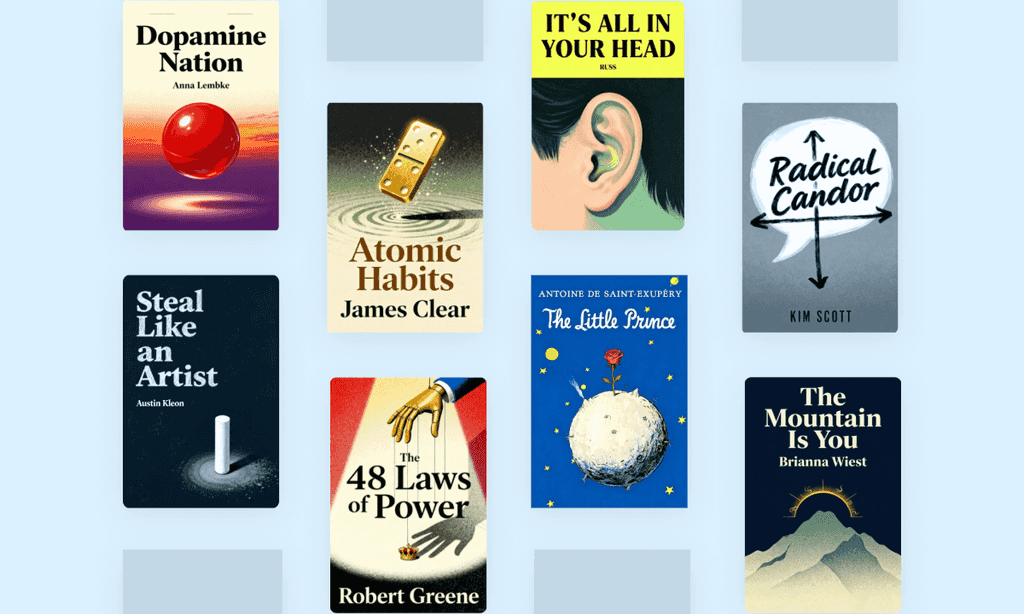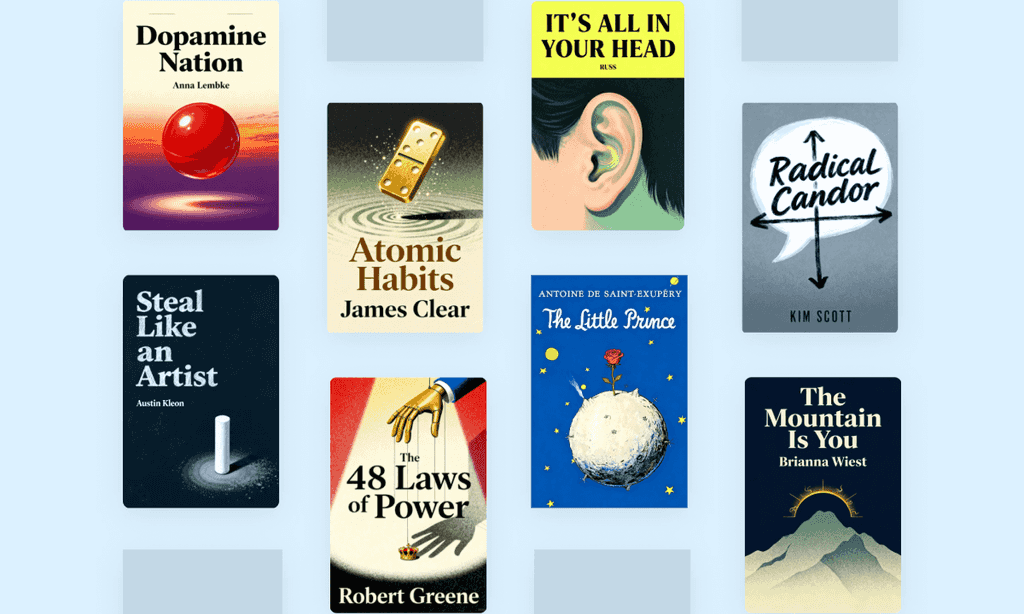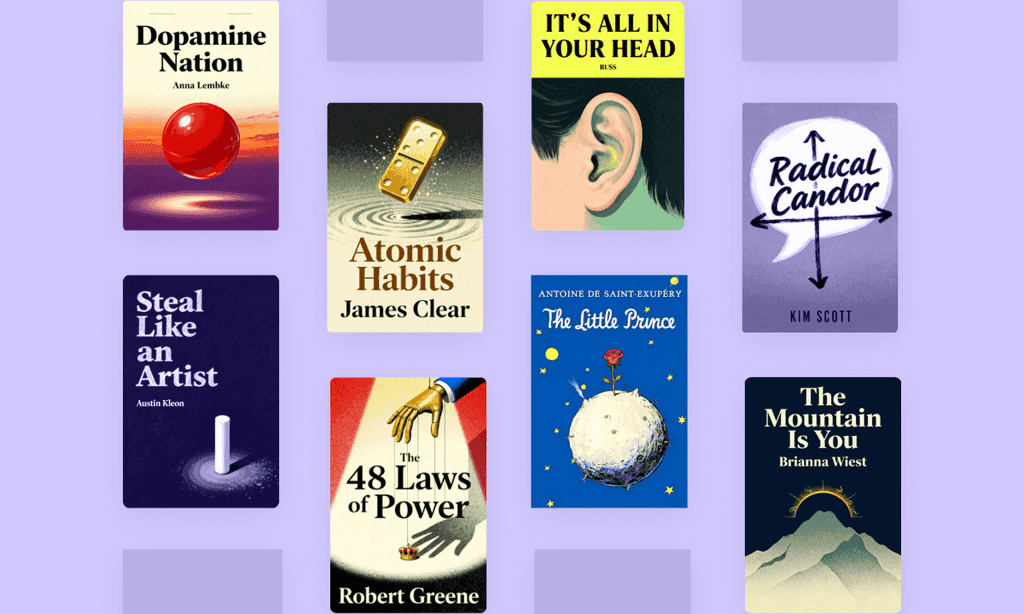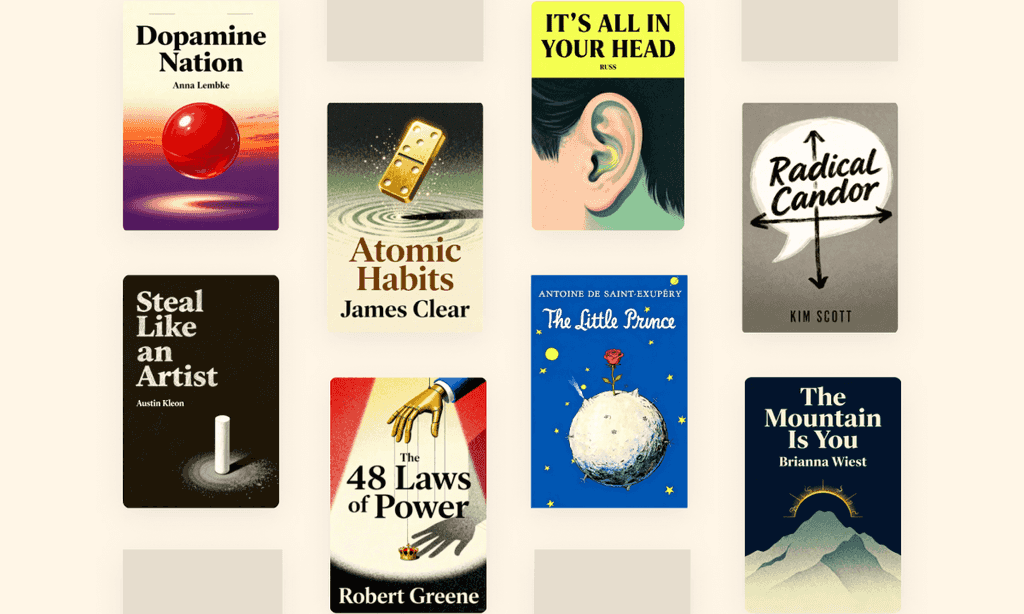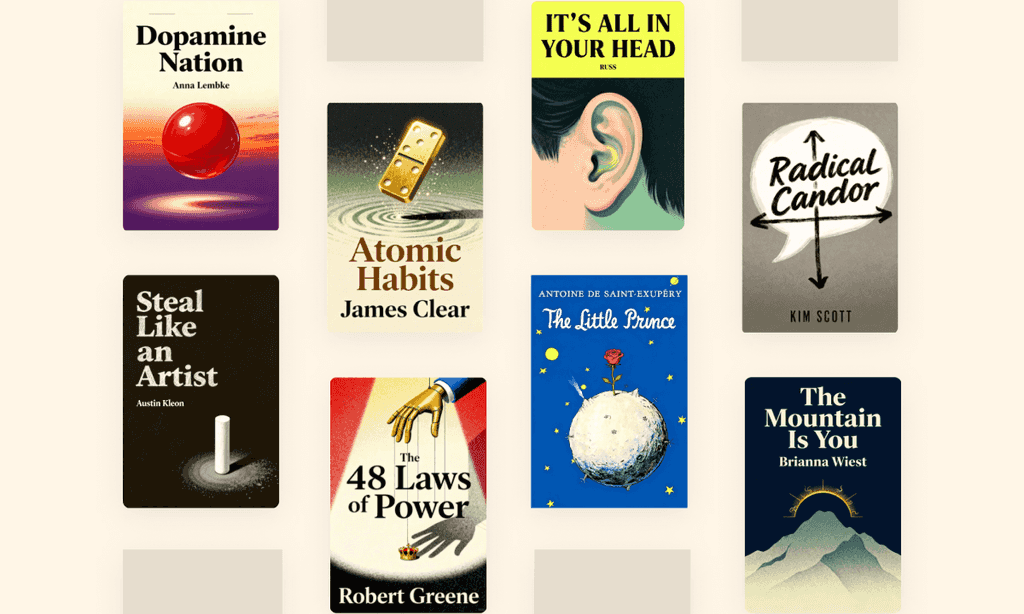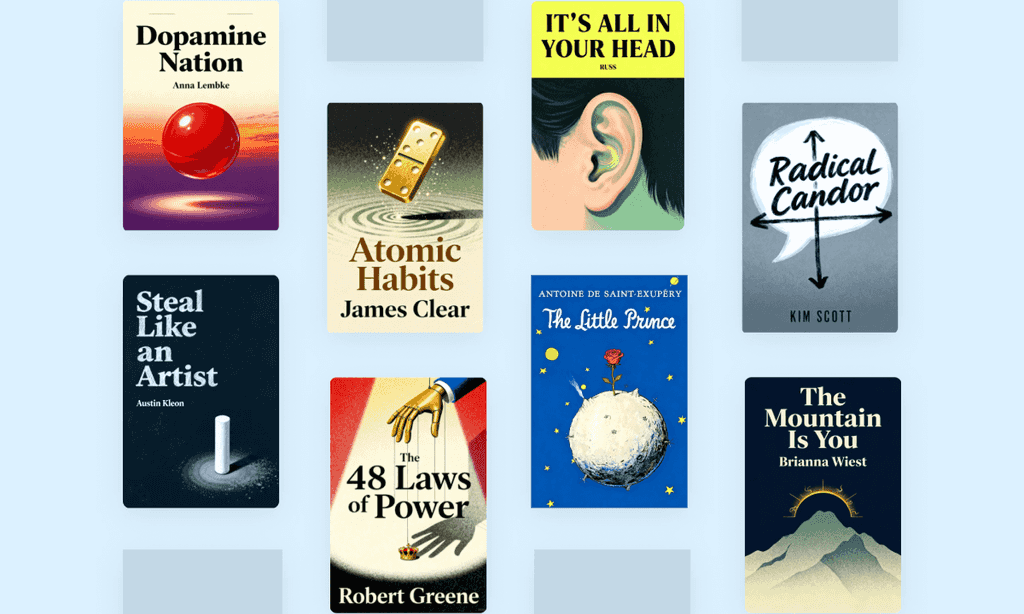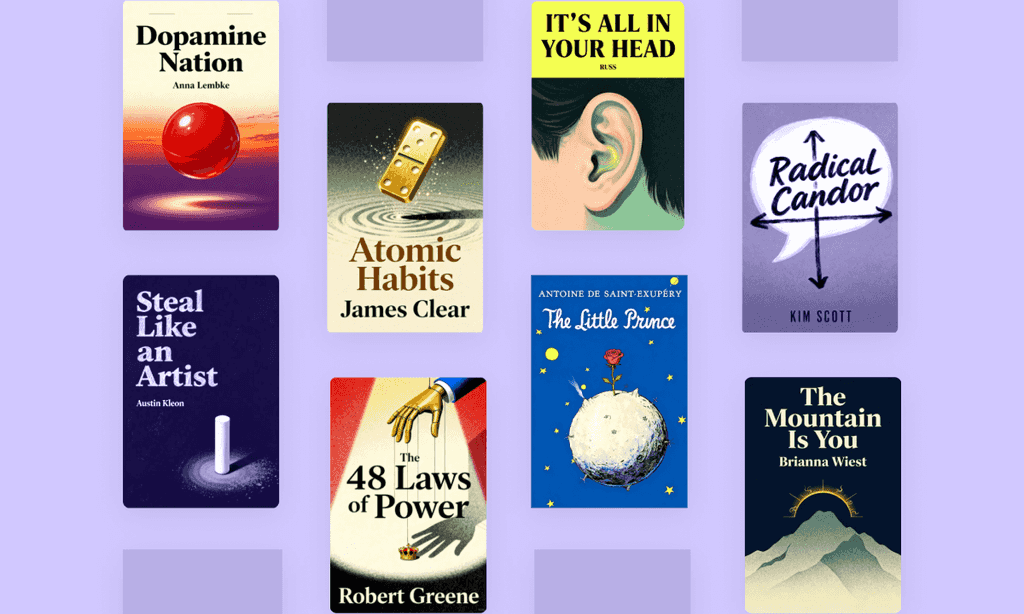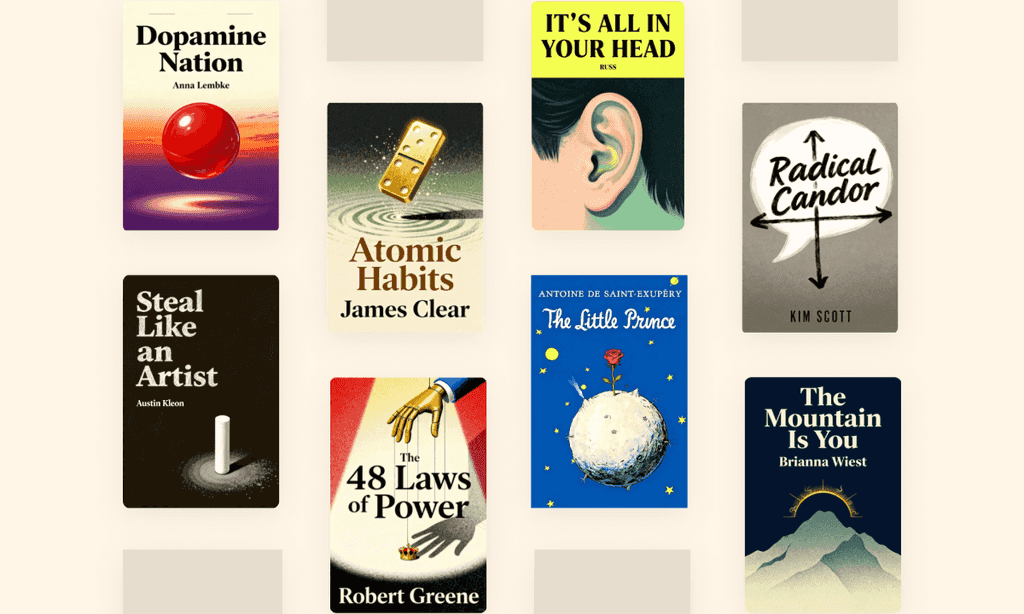High Output Management by Andrew S. Grove
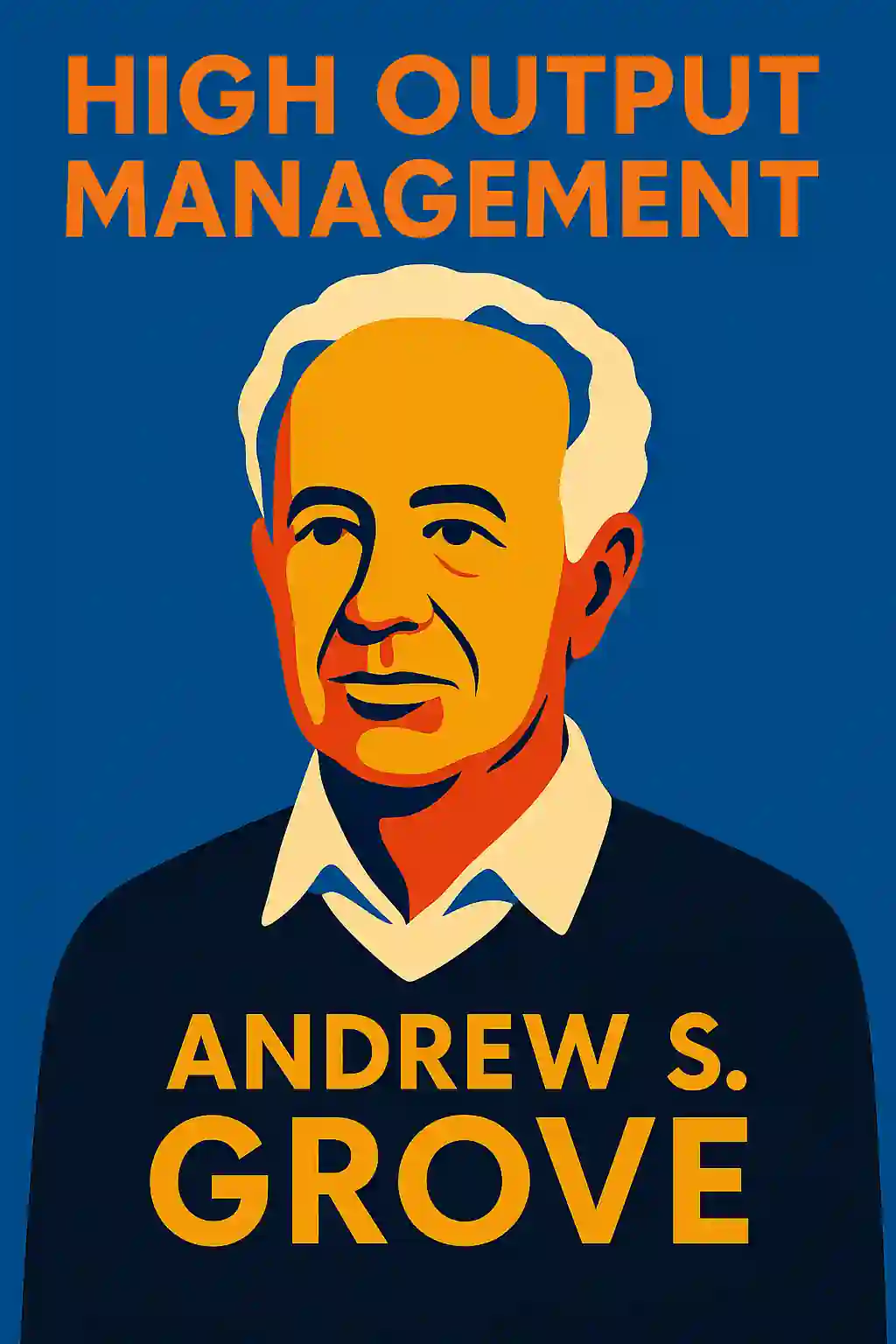
Overview of High Output Management
Before becoming the bible of Silicon Valley, "High Output Management" was Andy Grove's blueprint for business excellence. Mark Zuckerberg and Airbnb's Chesky swear by it, while its OKR framework revolutionized how companies achieve goals. The Intel CEO's masterclass in leadership never even hit bestseller lists.
About its author - Andrew S. Grove
Andrew S. Grove, author of High Output Management, was a pioneering business leader and former CEO of Intel who reshaped modern management practices. A Hungarian-American survivor of World War II and the 1956 Hungarian Revolution, Grove escaped communist rule to become a defining figure in Silicon Valley.
His book, a management classic, distills his expertise in operational efficiency and team productivity, reflecting his tenure at Intel—where he transformed the company into a global semiconductor leader. As a Stanford Graduate School of Business lecturer, Grove blended engineering rigor with strategic foresight, later expanding his ideas in Only the Paranoid Survive, which explores navigating industry disruptions.
Named Time magazine’s 1996 “Man of the Year” for driving the microchip revolution, Grove championed scaling businesses domestically to sustain employment—a philosophy that kept Intel’s manufacturing roots in the U.S. His frameworks remain foundational in MBA curricula and tech leadership programs, with High Output Management lauded as mandatory reading at companies like Google and Microsoft. Translated into over 20 languages, the book has influenced generations of executives through its actionable, metrics-driven approach to organizational success.
Key Takeaways of High Output Management
- Managerial output equals team output plus influenced groups’ results.
- Meetings are tools for high-leverage managerial problem-solving and alignment.
- Task-relevant maturity dictates management style—micromanage less as competence grows.
- Work simplification boosts productivity by 30-50% in initial audits.
- Indicators must measure output, not just activity, to avoid distortion.
- Training is the highest-leverage activity for scalable team performance.
- Delegate with monitoring, not meddling, to maintain accountability and initiative.
- Pair quantitative and qualitative indicators to balance performance measurement.
- Shift time from low to high-leverage tasks to maximize output.
- Effective 1:1 meetings drive subordinate performance through focused coaching.
- Managerial leverage multiplies output when focused on critical knowledge-sharing.
- Create environments where self-motivated employees thrive as high-output athletes.
